Home>Maintenance & Safety>Safety Equipment & Products>How Security Cameras Improve Home Safety
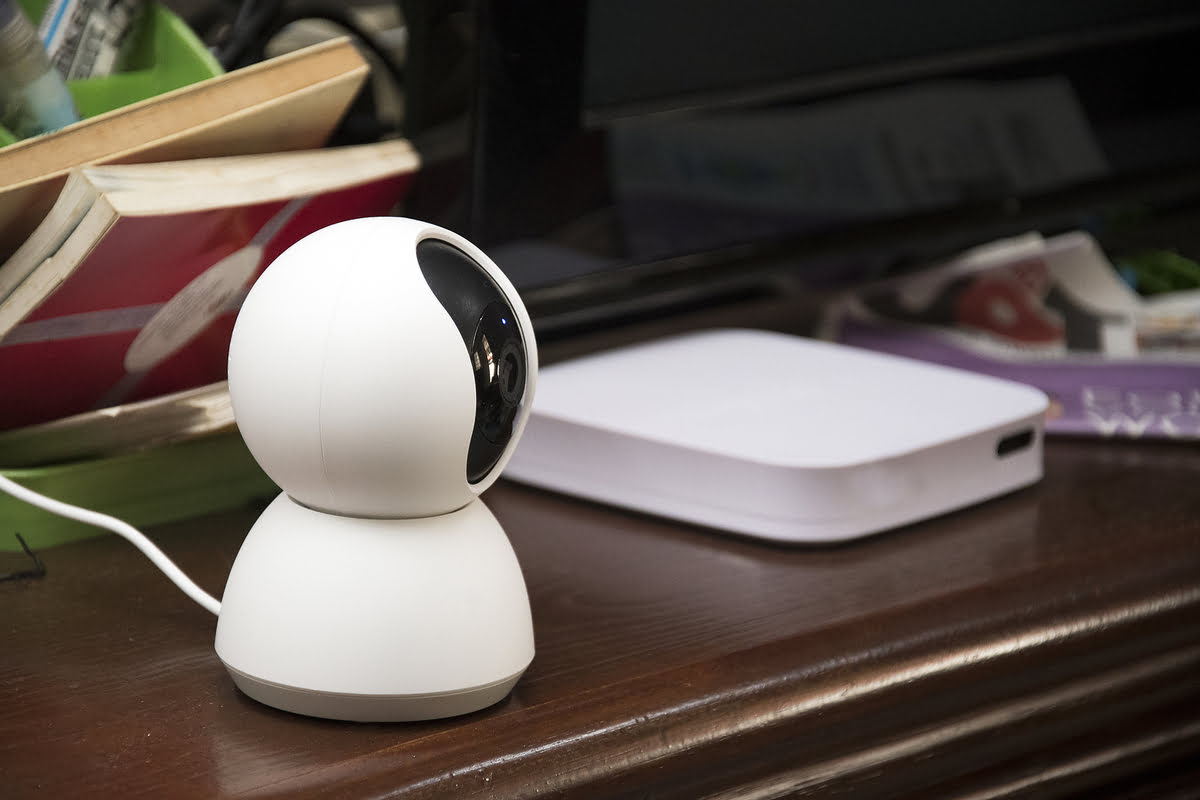

Safety Equipment & Products
How Security Cameras Improve Home Safety
Modified: October 18, 2024
Discover how security cameras enhance home safety with advanced safety equipment and products. Learn how to protect your home with the latest security technology.
(Many of the links in this article redirect to a specific reviewed product. Your purchase of these products through affiliate links helps to generate commission for Storables.com, at no extra cost. Learn more)
Introduction
In today's fast-paced world, ensuring the safety and security of our homes is of paramount importance. With advancements in technology, homeowners now have access to a wide array of tools and systems designed to safeguard their properties and loved ones. Among these, security cameras have emerged as a cornerstone of modern home security solutions. In this comprehensive guide, we will delve into the myriad ways in which security cameras bolster home safety, offering peace of mind and protection in an ever-changing world.
Home security is a fundamental aspect of homeownership, encompassing not only the physical protection of the property but also the well-being of those who dwell within its walls. The advent of smart home technology has revolutionized the way we approach security, empowering individuals to monitor and fortify their homes with unprecedented ease and efficiency. At the heart of this revolution are security cameras, which serve as vigilant sentinels, tirelessly watching over our homes and deterring potential threats.
As we navigate through the intricacies of home security, it becomes evident that security cameras play a pivotal role in fortifying our defenses. By leveraging cutting-edge surveillance technology, these cameras offer a comprehensive view of the property, enabling homeowners to keep a watchful eye on their surroundings at all times. Moreover, the integration of remote monitoring and advanced alert systems has elevated the capabilities of security cameras, granting homeowners real-time insights and notifications regarding any unusual activities.
In the subsequent sections of this guide, we will explore the diverse types of security cameras available, shedding light on their unique features and applications. Additionally, we will delve into the strategic placement of security cameras, elucidating the optimal positions to maximize their effectiveness. Furthermore, we will unravel the benefits of remote monitoring and alerts, elucidating how these features empower homeowners to maintain constant vigilance over their homes, even when physically distant.
As we journey through the multifaceted realm of home security, we will also touch upon the role of security cameras in deterring criminal activity, thereby fostering a safe and secure environment for homeowners and their families. Moreover, we will examine the seamless integration of security cameras with home automation systems, highlighting the synergistic benefits of these interconnected technologies.
Amidst these discussions, we will also address privacy and legal considerations, underscoring the importance of deploying security cameras responsibly and ethically. By navigating this intricate landscape, homeowners can harness the full potential of security cameras while upholding the rights and privacy of individuals within and around their properties.
In essence, this guide aims to equip homeowners with a comprehensive understanding of how security cameras serve as stalwart guardians of home safety, offering invaluable insights and protection in an increasingly complex world. By embracing the capabilities of security cameras and leveraging their potential to fortify our homes, we embark on a journey towards enhanced security, tranquility, and peace of mind.
Key Takeaways:
- Security cameras offer peace of mind by deterring criminal activity and providing real-time monitoring, enhancing home safety and fostering a secure environment for families.
- Integrating security cameras with home automation systems creates a connected, responsive, and convenient approach to home protection, offering unparalleled control and visibility for homeowners.
Read more: How To Waterproof A Security Camera
The Importance of Home Security
Home security stands as a cornerstone of homeownership, embodying the fundamental need to safeguard our dwellings from potential threats and intrusions. In an era characterized by technological innovation and interconnectedness, the significance of fortifying our homes against unforeseen perils cannot be overstated. By embracing robust home security measures, individuals not only protect their physical possessions but also create a safe haven for their loved ones, fostering an environment of tranquility and well-being.
One of the most compelling reasons to prioritize home security is the assurance it provides to homeowners. By implementing comprehensive security solutions, individuals can rest assured that their homes are shielded from unauthorized access and potential dangers. This sense of assurance is particularly invaluable in today’s fast-paced world, where the demands of daily life often necessitate periods of absence from the home. Whether at work, traveling, or simply engaged in other activities, the knowledge that one’s home is under the watchful eye of advanced security systems brings peace of mind and alleviates concerns about potential vulnerabilities.
Beyond personal reassurance, home security measures also serve as a deterrent to criminal activity. The presence of visible security cameras, motion-activated lights, and robust entryway reinforcements sends a clear message to potential intruders: this home is protected. As a result, the likelihood of burglary or trespassing is significantly reduced, contributing to a safer community at large. Moreover, in the event of an attempted intrusion, security cameras provide crucial evidence that can aid law enforcement in identifying and apprehending perpetrators, thereby bolstering the overall security of the neighborhood.
Furthermore, home security fosters a sense of empowerment among homeowners, enabling them to actively participate in safeguarding their properties. By leveraging state-of-the-art surveillance technology, individuals can monitor their homes remotely, receive real-time alerts, and take proactive measures to address any detected anomalies. This proactive approach not only enhances the security of the home but also instills a sense of control and agency in homeowners, reinforcing their ability to protect their families and possessions.
Another pivotal aspect of home security is the role it plays in mitigating potential risks and liabilities. By implementing robust security measures, homeowners reduce the likelihood of accidents, unauthorized access, and property damage, thereby minimizing the potential for costly repercussions. Whether through the installation of smart locks, surveillance cameras, or environmental sensors, proactive security measures serve as a preemptive shield against a myriad of potential threats, offering financial and emotional security to homeowners.
Ultimately, the importance of home security transcends the mere protection of material possessions; it encompasses the preservation of peace, well-being, and the sanctity of the home. By embracing comprehensive security solutions, homeowners fortify their properties against unforeseen perils, cultivate a safe and nurturing environment for their families, and contribute to the collective security of their communities. In doing so, they embark on a journey towards enhanced tranquility, confidence, and resilience in the face of an ever-evolving world.
Types of Security Cameras
Security cameras come in a diverse array of types, each tailored to specific surveillance needs and environmental considerations. Understanding the distinct characteristics and applications of these cameras is essential for homeowners seeking to fortify their properties with comprehensive security solutions. From traditional analog cameras to advanced IP-based systems, the following overview sheds light on the various types of security cameras available, empowering homeowners to make informed decisions regarding their home security infrastructure.
- Traditional Analog Cameras: Analog cameras, also known as CCTV cameras, have long been a staple of surveillance systems. These cameras capture video in analog format and require a direct physical connection to a recording device, such as a digital video recorder (DVR). While analog cameras offer reliable performance and are often more cost-effective, they are limited in terms of resolution and remote accessibility.
- IP Cameras: In contrast to analog cameras, IP cameras utilize digital technology to capture and transmit video data over an IP network. This enables remote access to live and recorded footage, making IP cameras ideal for homeowners seeking real-time monitoring capabilities. Furthermore, IP cameras often boast higher resolutions, advanced features such as motion detection and night vision, and seamless integration with home automation systems.
- Wireless Cameras: Wireless security cameras leverage Wi-Fi or other wireless protocols to transmit video data, eliminating the need for physical cabling. This wireless connectivity offers greater flexibility in camera placement and simplifies installation, making it an attractive option for homeowners seeking a streamlined setup process. Additionally, wireless cameras are often equipped with rechargeable batteries or solar panels, further enhancing their versatility and ease of deployment.
- Outdoor Cameras: Designed to withstand the rigors of outdoor environments, outdoor security cameras are engineered to resist dust, moisture, and varying temperatures. These cameras often feature ruggedized enclosures and advanced weatherproofing, ensuring reliable performance in challenging outdoor conditions. With features such as infrared night vision and wide-angle lenses, outdoor cameras provide comprehensive surveillance coverage for the exterior of the home.
- Indoor Cameras: Indoor security cameras are tailored to the unique requirements of indoor surveillance, offering discreet designs and advanced features suited for monitoring interior spaces. These cameras are often compact, aesthetically pleasing, and equipped with motion detection, two-way audio, and high-definition video capture, enabling homeowners to keep a watchful eye on indoor areas with precision and clarity.
By familiarizing themselves with the diverse range of security cameras available, homeowners can make informed decisions regarding the most suitable options for their specific security needs. Whether prioritizing outdoor surveillance, remote monitoring capabilities, or seamless integration with home automation systems, the versatility and sophistication of modern security cameras empower homeowners to fortify their properties with tailored and effective security solutions.
Placement of Security Cameras
Strategic placement of security cameras is a critical aspect of optimizing their effectiveness in safeguarding the home. By thoughtfully positioning cameras in key areas, homeowners can maximize surveillance coverage, deter potential threats, and gather valuable evidence in the event of security incidents. Understanding the optimal placement for security cameras is essential for creating a robust security infrastructure that offers comprehensive protection for the property and its occupants.
When considering the placement of security cameras, it is imperative to assess the unique layout and vulnerabilities of the property. Key areas that warrant careful consideration for camera placement include:
- Entry Points: Placing cameras near entryways, such as front and back doors, provides crucial coverage of potential intrusion points. By capturing clear footage of individuals entering and exiting the property, these cameras serve as a deterrent to unauthorized access and offer valuable insights in the event of suspicious activities.
- Perimeter Coverage: Surveillance of the property’s perimeter is essential for early detection of suspicious behavior and potential threats. Outdoor security cameras positioned to monitor the boundaries of the property, including fences, gates, and pathways, contribute to a comprehensive security posture, deterring trespassing and unauthorized entry.
- High-Traffic Areas: Areas with high foot traffic, both indoors and outdoors, benefit from surveillance coverage to monitor activities and interactions. Placing cameras in living rooms, hallways, and other communal spaces within the home, as well as in outdoor areas frequented by residents and visitors, enhances overall situational awareness and security.
- Valuable Asset Protection: Cameras strategically placed to oversee areas where valuable possessions are stored, such as safes, jewelry collections, and electronic equipment, offer an added layer of protection against theft and unauthorized access. By focusing surveillance on these specific areas, homeowners can safeguard their most prized assets.
- Blind Spots and Vulnerable Areas: Identifying and addressing blind spots and vulnerable areas within and around the property is crucial for comprehensive security coverage. By strategically placing cameras to mitigate blind spots and cover areas prone to unauthorized access, homeowners can minimize potential security gaps and enhance overall surveillance effectiveness.
Moreover, the mounting height, angle, and field of view of security cameras play a pivotal role in optimizing their surveillance capabilities. Cameras should be positioned at an optimal height to capture clear facial details and minimize the risk of tampering. Additionally, adjusting the angle and field of view of cameras to cover expansive areas without compromising image clarity is essential for maximizing surveillance coverage.
By meticulously assessing the layout and security requirements of the property, homeowners can strategically position security cameras to create a robust surveillance network that offers comprehensive protection. Whether focusing on entry points, high-traffic areas, or vulnerable zones, thoughtful placement of security cameras empowers homeowners to fortify their properties with vigilant and effective security measures.
Remote Monitoring and Alerts
The advent of remote monitoring and real-time alerts has revolutionized the landscape of home security, empowering homeowners to maintain constant vigilance over their properties from anywhere in the world. By leveraging advanced surveillance technology and interconnected systems, homeowners can access live video feeds, receive instant alerts, and take proactive measures to address potential security threats, thereby enhancing the overall safety and security of their homes.
Remote monitoring capabilities enable homeowners to access live video streams from their security cameras via smartphones, tablets, or computers, providing real-time visibility into their properties. This seamless access to live footage fosters a sense of connectedness and control, allowing homeowners to stay informed about activities within and around their homes, regardless of their physical location. Whether traveling, at work, or simply away from the property, the ability to remotely monitor live video feeds offers unparalleled peace of mind and situational awareness.
In addition to live video streaming, advanced security systems are equipped with motion detection and intelligent alert mechanisms, which promptly notify homeowners of any detected anomalies or suspicious activities. These real-time alerts, delivered via push notifications or email, serve as a proactive early warning system, enabling homeowners to respond swiftly to potential security breaches or emergencies. Whether triggered by motion, sound, or specific security events, these alerts empower homeowners to take immediate action and mitigate potential risks.
Furthermore, remote monitoring and alert systems often offer customizable settings, allowing homeowners to tailor their security preferences and notification parameters to align with their specific needs and routines. Whether defining specific motion zones for heightened surveillance or establishing personalized alert schedules, these customizable features enhance the flexibility and responsiveness of the security system, ensuring that homeowners receive pertinent notifications and insights tailored to their unique security requirements.
The integration of remote monitoring and real-time alerts with home automation systems further amplifies the capabilities of modern security solutions. By connecting security cameras with smart home platforms, homeowners can seamlessly access live video feeds, receive alerts, and even initiate automated responses, such as turning on lights or activating alarm systems, in response to security events. This interconnected ecosystem of security and automation fosters a holistic approach to home protection, offering unparalleled convenience, control, and responsiveness.
In essence, remote monitoring and real-time alerts represent a paradigm shift in the realm of home security, empowering homeowners to transcend physical boundaries and actively participate in safeguarding their properties. By harnessing the capabilities of advanced surveillance technology and interconnected systems, individuals can embrace a proactive approach to security, fostering a safe, connected, and responsive environment for themselves and their families.
When installing security cameras, make sure to place them in areas with good visibility and coverage, such as entry points and vulnerable areas. This will help maximize their effectiveness in improving home safety.
Read more: How To Choose Security Cameras
Deterrence of Criminal Activity
Security cameras serve as powerful deterrents to criminal activity, significantly reducing the likelihood of trespassing, burglary, and other security breaches. The visible presence of surveillance cameras, coupled with their ability to capture detailed evidence of suspicious behavior, acts as a formidable barrier to potential intruders and wrongdoers. By instilling a sense of scrutiny, accountability, and risk, security cameras contribute to a safer and more secure environment for homeowners and their communities.
One of the primary mechanisms through which security cameras deter criminal activity is their role in increasing the perceived risk and consequences of unlawful behavior. Potential intruders are acutely aware that their actions are being monitored and recorded, diminishing the anonymity and impunity typically associated with criminal acts. This heightened risk perception serves as a potent deterrent, dissuading individuals with malicious intent from targeting properties equipped with visible security cameras.
Moreover, security cameras play a pivotal role in enhancing the overall security posture of a neighborhood or community. By deploying surveillance systems and prominently displaying the presence of cameras, homeowners contribute to a collective environment of vigilance and deterrence. The cumulative effect of widespread surveillance not only safeguards individual properties but also fosters a sense of shared security, dissuading criminal elements from targeting the community at large.
Furthermore, the evidentiary value of security camera footage serves as a crucial tool in deterring criminal activity. In the event of a security breach or suspicious incident, the captured video evidence can aid law enforcement in identifying and apprehending perpetrators, thereby holding wrongdoers accountable for their actions. The knowledge that their activities are being recorded and can be used to facilitate their apprehension acts as a powerful deterrent, reducing the propensity for criminal behavior within and around the protected area.
Additionally, the integration of security cameras with advanced alert systems further amplifies their deterrent effect. Motion-activated lights, audible alarms, and real-time alerts triggered by suspicious activities not only notify homeowners of potential security breaches but also startle and dissuade intruders, prompting them to abandon their illicit intentions and flee the premises. This proactive response to security events reinforces the notion that the property is under vigilant surveillance, discouraging further attempts at unauthorized access or criminal behavior.
Ultimately, the deterrence of criminal activity achieved through the deployment of security cameras contributes to a safer, more secure living environment for homeowners and their families. By creating a perceptible barrier to unlawful behavior, fostering a collective sense of vigilance, and providing evidentiary support for law enforcement, security cameras play a pivotal role in fortifying homes and communities against potential threats, thereby fostering tranquility, confidence, and peace of mind.
Integration with Home Automation
The seamless integration of security cameras with home automation systems heralds a new era of interconnected security and convenience, offering homeowners unparalleled control, visibility, and responsiveness in safeguarding their properties. By intertwining advanced surveillance technology with smart home platforms, individuals can harness the synergistic benefits of these interconnected systems, fostering a holistic approach to home protection and management.
One of the key advantages of integrating security cameras with home automation systems is the ability to access and control surveillance features through a unified interface. Smart home platforms enable homeowners to remotely monitor live video feeds, receive security alerts, and manage camera settings from a centralized application, consolidating security management and enhancing accessibility. This seamless integration empowers homeowners to oversee their security infrastructure with unprecedented ease and efficiency, regardless of their physical location.
Moreover, the interconnected nature of security cameras and home automation systems enables automated responses to security events, further fortifying the protective capabilities of the home. In the event of detected motion or suspicious activities, security cameras integrated with smart home platforms can trigger automated actions, such as turning on lights, sounding alarms, or initiating predefined security protocols. This automated response not only serves as a proactive deterrent to potential intruders but also enhances the overall security posture of the property, mitigating risks and bolstering peace of mind.
Additionally, the integration of security cameras with smart home platforms facilitates seamless collaboration with other interconnected devices and sensors, amplifying the scope and sophistication of the security ecosystem. By synchronizing surveillance cameras with motion sensors, door/window contacts, and environmental detectors, homeowners can create a comprehensive network of security and automation, enabling synchronized responses to security events and environmental changes. This interconnected synergy fosters a dynamic and adaptive security environment, offering enhanced protection and situational awareness.
Furthermore, the integration of security cameras with home automation systems extends beyond security-centric functionalities, encompassing broader lifestyle enhancements and convenience features. From using surveillance footage to verify package deliveries and visitor arrivals to integrating cameras with voice-activated assistants for hands-free control, the interconnectedness of security cameras and smart home platforms enriches the overall living experience, offering multifaceted benefits beyond traditional security applications.
In essence, the integration of security cameras with home automation systems represents a convergence of security, convenience, and interconnectedness, fostering a comprehensive approach to home protection and management. By leveraging the interconnected capabilities of these systems, homeowners can fortify their properties with proactive security measures, seamless accessibility, and enhanced lifestyle enhancements, thereby creating a safe, connected, and responsive environment for themselves and their families.
Privacy and Legal Considerations
As homeowners embrace the benefits of security cameras in fortifying their properties, it is essential to navigate the complex landscape of privacy and legal considerations to ensure responsible and ethical deployment of surveillance technology. Balancing the imperative of home security with the rights and privacy of individuals within and around the property requires a nuanced understanding of legal regulations, ethical principles, and best practices for the use of security cameras.
One of the primary considerations in deploying security cameras is adherence to local, state, and federal laws governing surveillance and privacy. It is imperative for homeowners to familiarize themselves with relevant regulations pertaining to the use of security cameras, including laws governing video surveillance in residential areas, recording audio, and the placement of cameras in public and private spaces. By ensuring compliance with legal requirements, homeowners can mitigate potential liabilities and uphold the rights of individuals within the purview of surveillance.
Furthermore, ethical considerations play a pivotal role in the responsible deployment of security cameras. Safeguarding the privacy of neighbors, passersby, and visitors while maintaining the security of the home necessitates a conscientious approach to camera placement, monitoring, and data management. Homeowners should exercise discretion in positioning cameras to avoid capturing areas beyond the bounds of their property and should refrain from infringing upon the reasonable expectations of privacy held by others.
Another crucial aspect of privacy and legal considerations pertains to the handling and storage of surveillance footage. Homeowners should implement robust security measures to safeguard recorded video data, ensuring that it remains protected from unauthorized access and misuse. Additionally, establishing clear policies regarding the retention and deletion of footage, as well as obtaining consent for the recording of individuals in specific contexts, contributes to a responsible and transparent approach to managing surveillance data.
Moreover, proactive communication and transparency regarding the presence of security cameras are essential for fostering a respectful and informed environment. Displaying conspicuous signage indicating the use of surveillance cameras not only serves as a deterrent to potential intruders but also notifies individuals of the presence of cameras, thereby respecting their awareness and consent. Additionally, open dialogue with neighbors and community members about the deployment of security cameras fosters a collaborative approach to security while promoting mutual respect and understanding.
Ultimately, navigating the intricacies of privacy and legal considerations in the deployment of security cameras requires a balanced approach that prioritizes home security while upholding the rights and privacy of individuals. By adhering to legal regulations, embracing ethical principles, safeguarding surveillance data, and fostering transparent communication, homeowners can deploy security cameras responsibly and ethically, creating a safe and secure environment that respects the rights and dignity of all individuals involved.
Conclusion
As we conclude our exploration of security cameras and their pivotal role in fortifying home safety, it becomes evident that these vigilant sentinels stand as stalwart guardians of tranquility, protection, and peace of mind. The multifaceted capabilities of security cameras, from remote monitoring and real-time alerts to seamless integration with home automation systems, empower homeowners to create a comprehensive security infrastructure that transcends physical boundaries and fosters a connected, responsive, and secure living environment.
At the heart of the significance of security cameras lies their ability to serve as potent deterrents to criminal activity. By instilling a sense of scrutiny, accountability, and risk, these cameras contribute to a safer, more secure living environment, dissuading potential intruders and wrongdoers from targeting properties equipped with advanced surveillance technology. Moreover, the evidentiary value of security camera footage not only aids law enforcement in apprehending perpetrators but also reinforces the notion that criminal behavior carries consequences, thereby fostering a collective environment of vigilance and deterrence.
Furthermore, the integration of security cameras with home automation systems heralds a new era of interconnected security and convenience, offering homeowners unparalleled control, visibility, and responsiveness in safeguarding their properties. By intertwining advanced surveillance technology with smart home platforms, individuals can harness the synergistic benefits of these interconnected systems, fostering a holistic approach to home protection and management that transcends traditional security paradigms.
Amidst the myriad benefits and capabilities of security cameras, it is imperative to navigate the complex landscape of privacy and legal considerations with responsibility and ethical awareness. Upholding the rights and privacy of individuals within and around the property, ensuring compliance with legal regulations, and fostering transparent communication and consent regarding the use of surveillance technology are essential pillars of responsible deployment and management of security cameras.
In essence, security cameras stand as beacons of modern home security, offering not only tangible protection but also intangible peace of mind and reassurance. By embracing the capabilities of security cameras and navigating the ethical and legal considerations with mindfulness and responsibility, homeowners embark on a journey towards enhanced security, tranquility, and peace of mind, creating a safe and nurturing environment for themselves and their families.
As we look towards the future, the evolution of security cameras and their interconnected capabilities holds the promise of further enhancing home safety, seamlessly integrating with lifestyle needs, and fostering a culture of proactive security and interconnectedness. By embracing these advancements and upholding ethical and legal principles, homeowners can continue to fortify their properties with vigilant protection, connected convenience, and unwavering peace of mind in an ever-changing world.
Frequently Asked Questions about How Security Cameras Improve Home Safety
Was this page helpful?
At Storables.com, we guarantee accurate and reliable information. Our content, validated by Expert Board Contributors, is crafted following stringent Editorial Policies. We're committed to providing you with well-researched, expert-backed insights for all your informational needs.



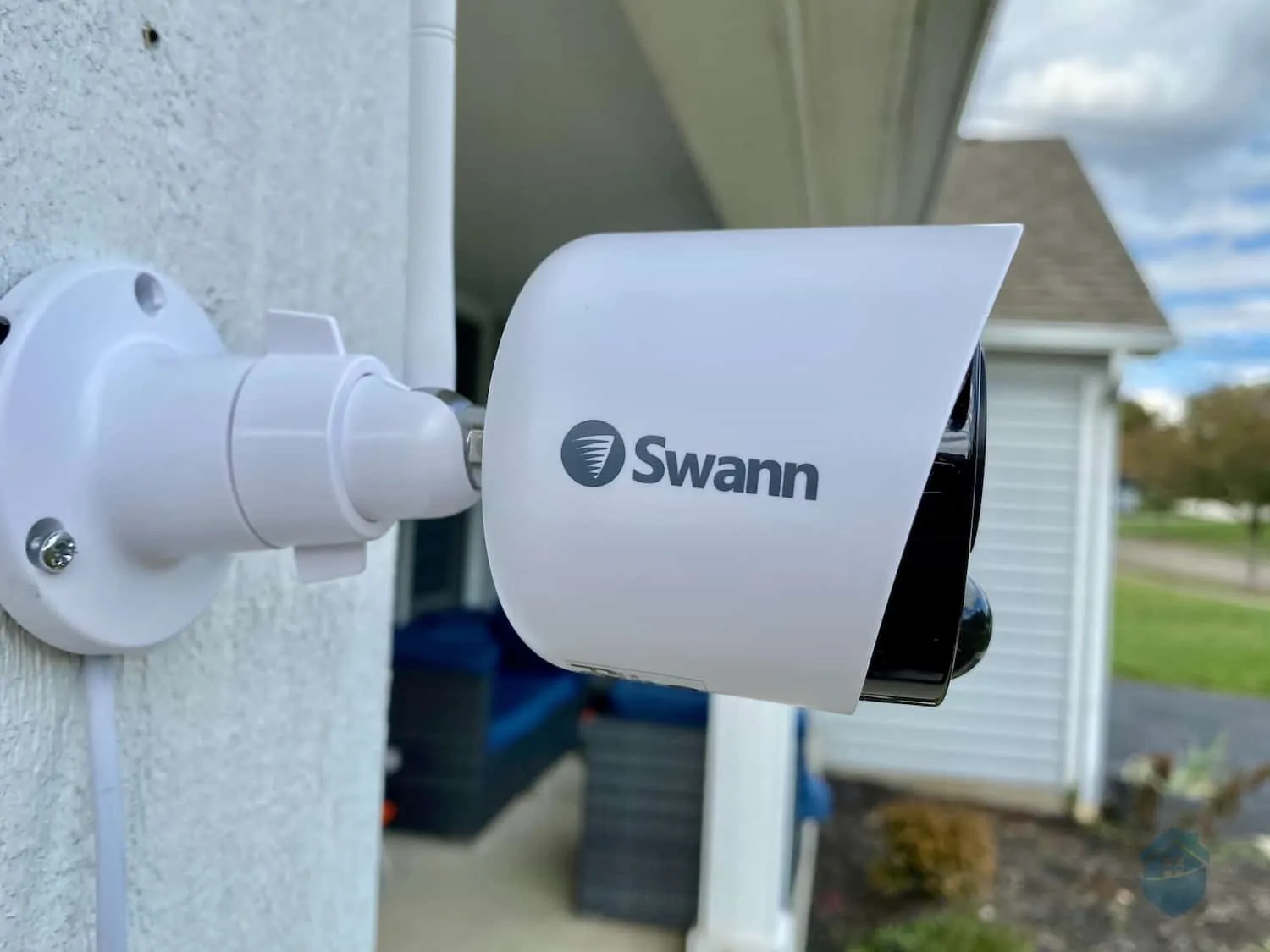
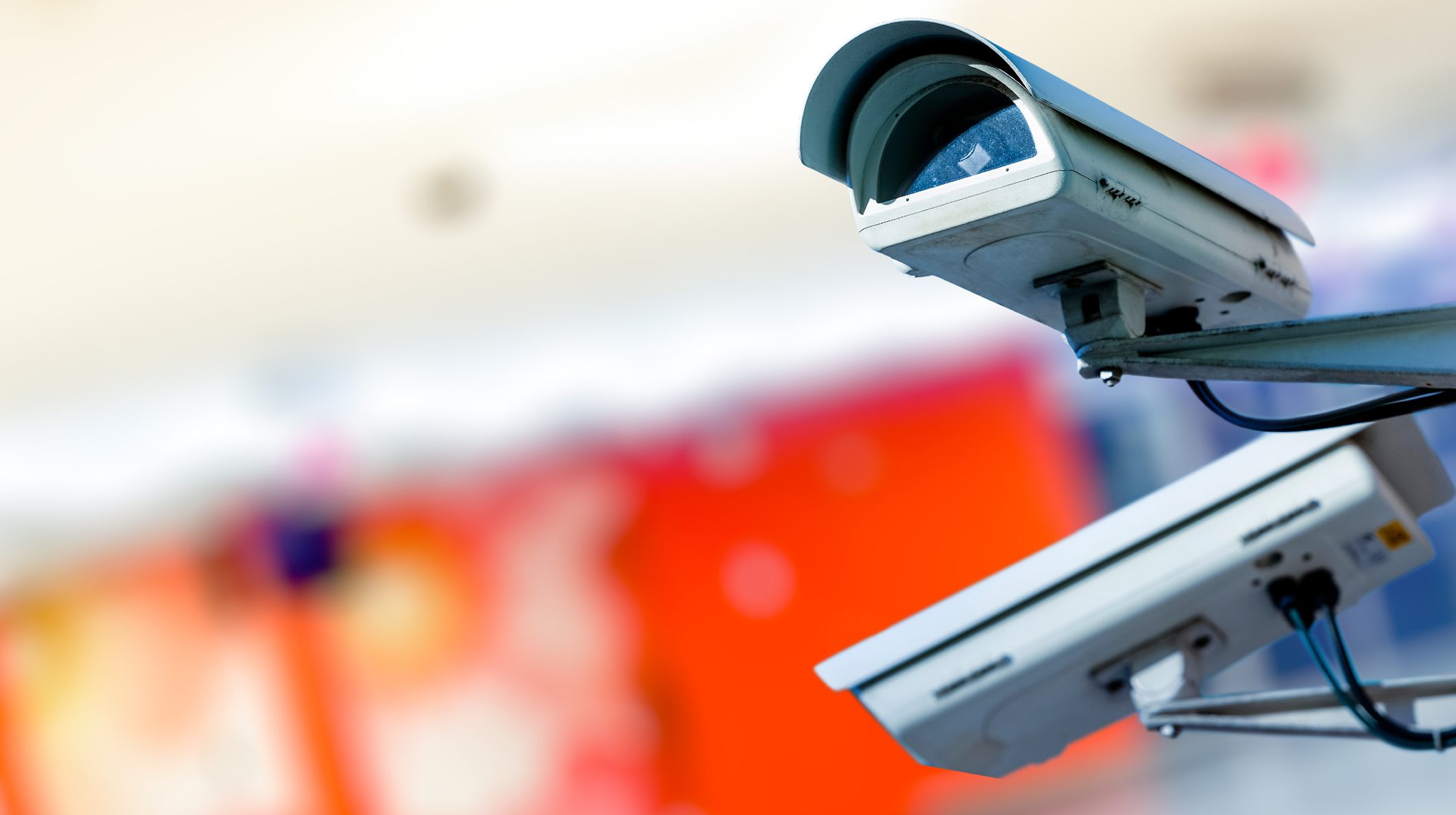
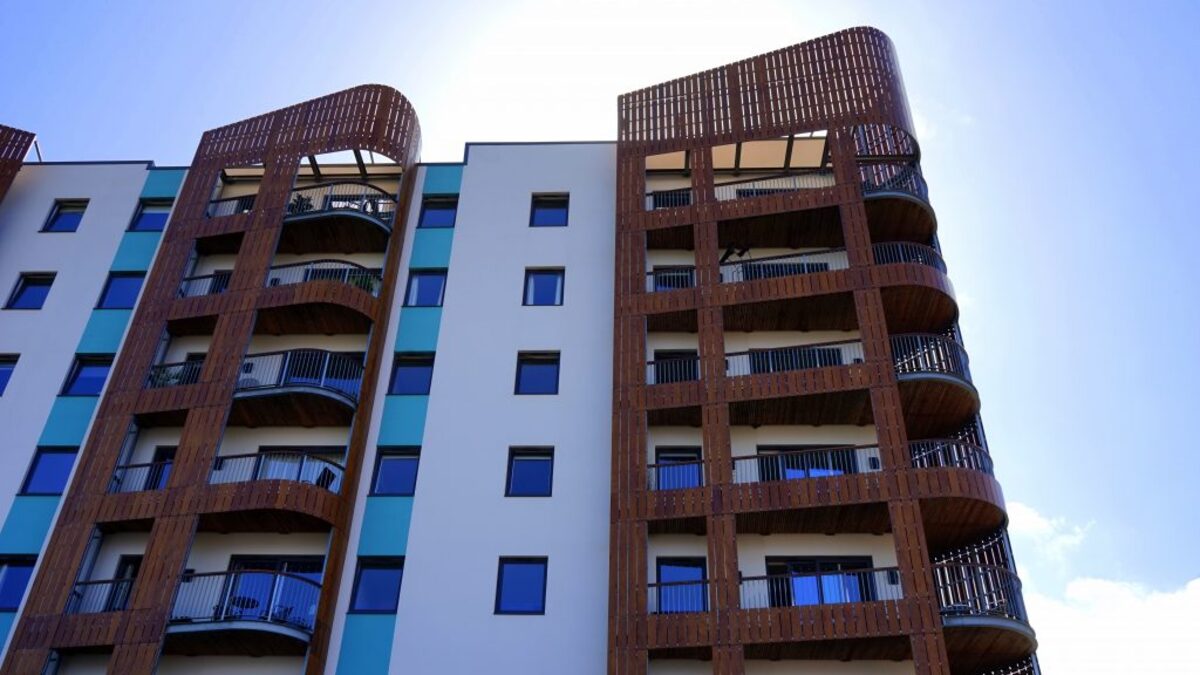
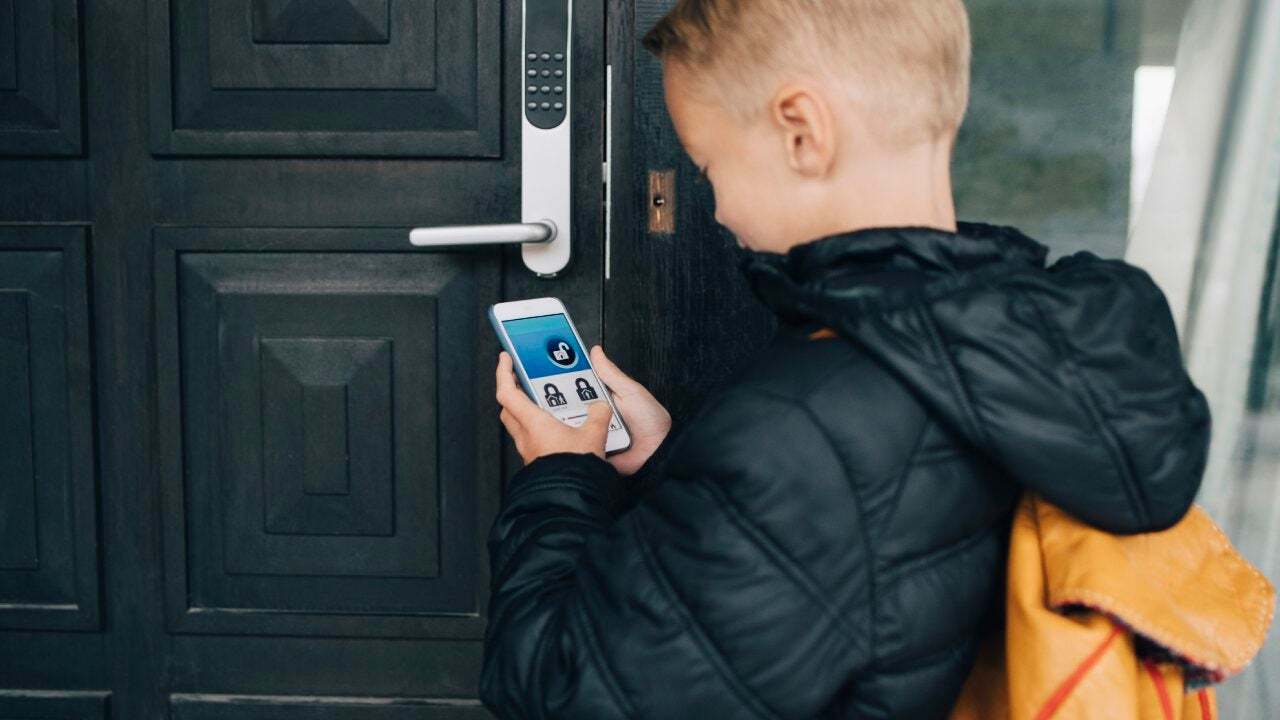
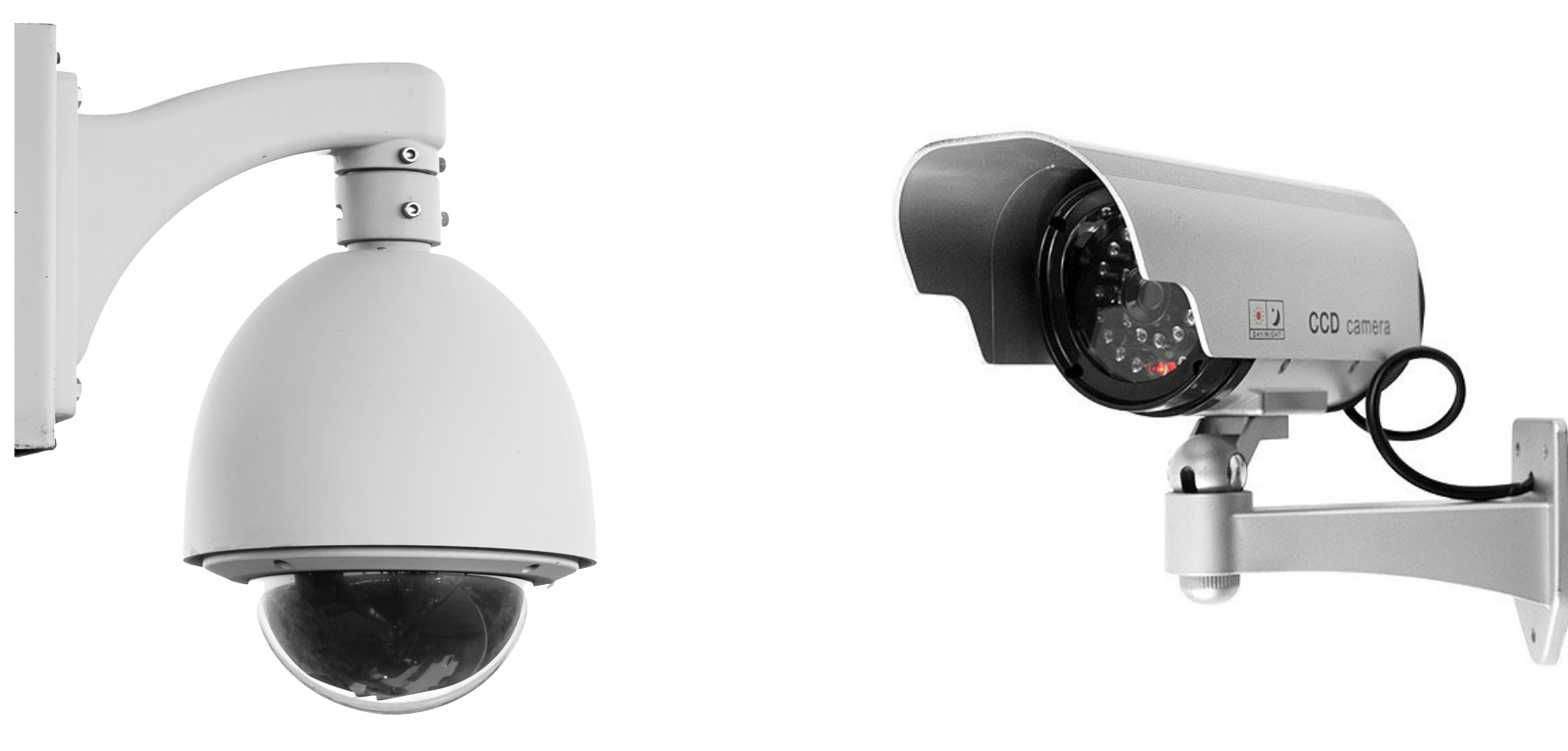
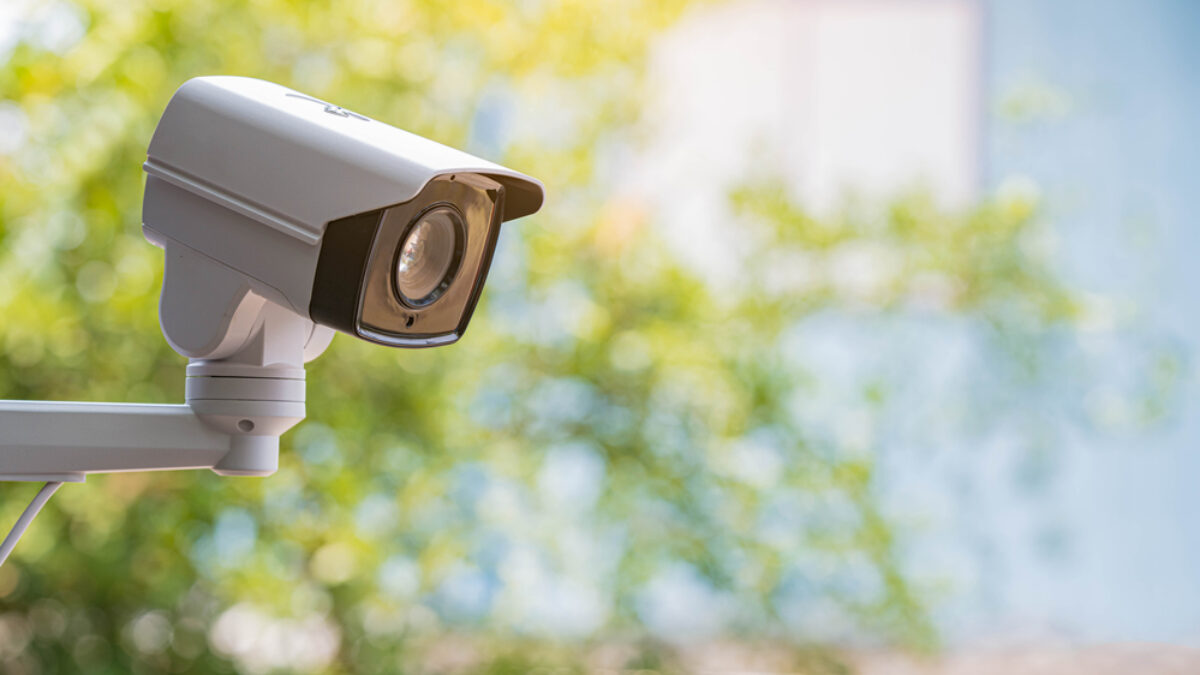
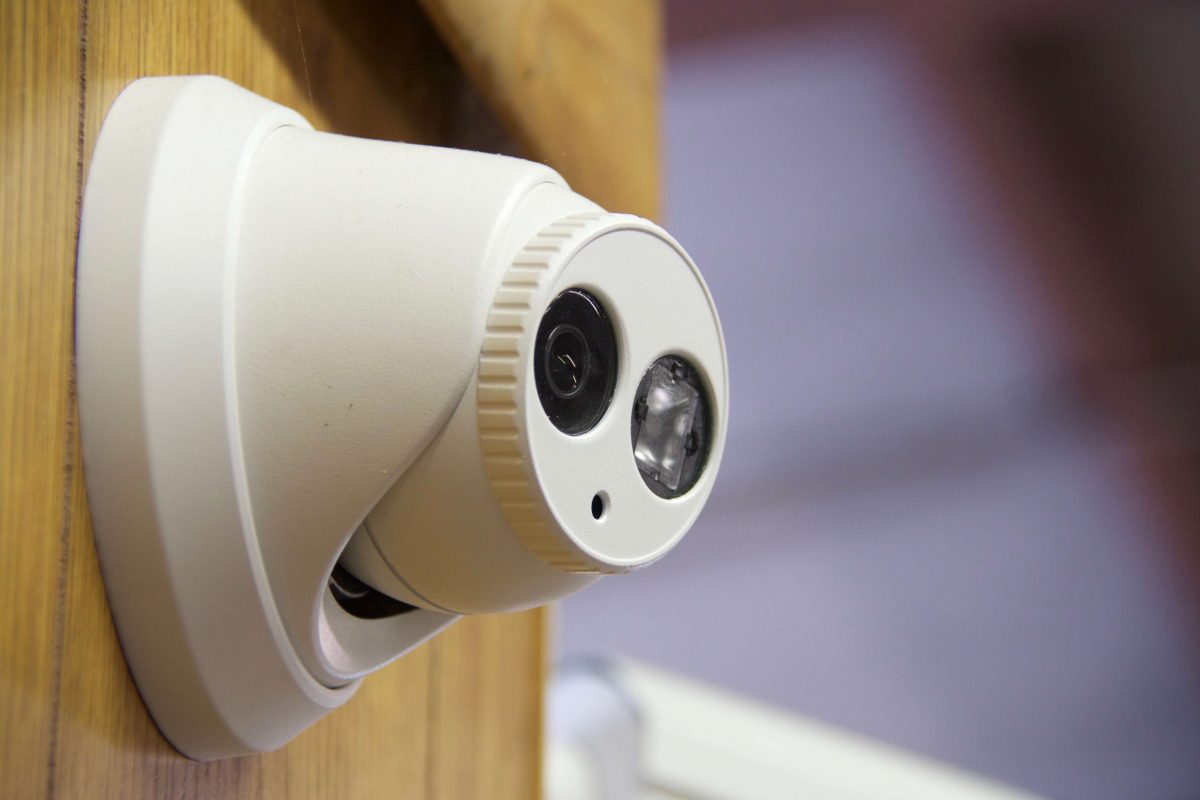
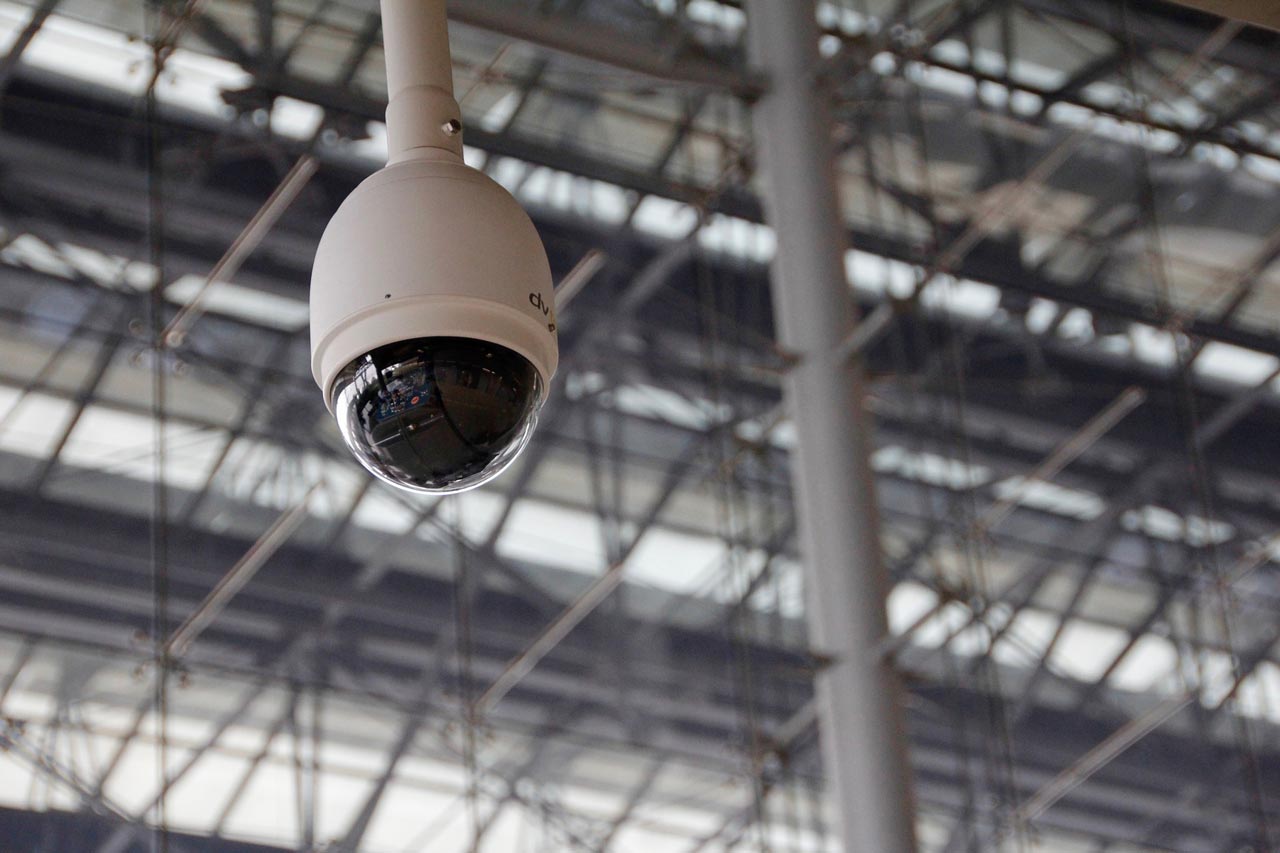
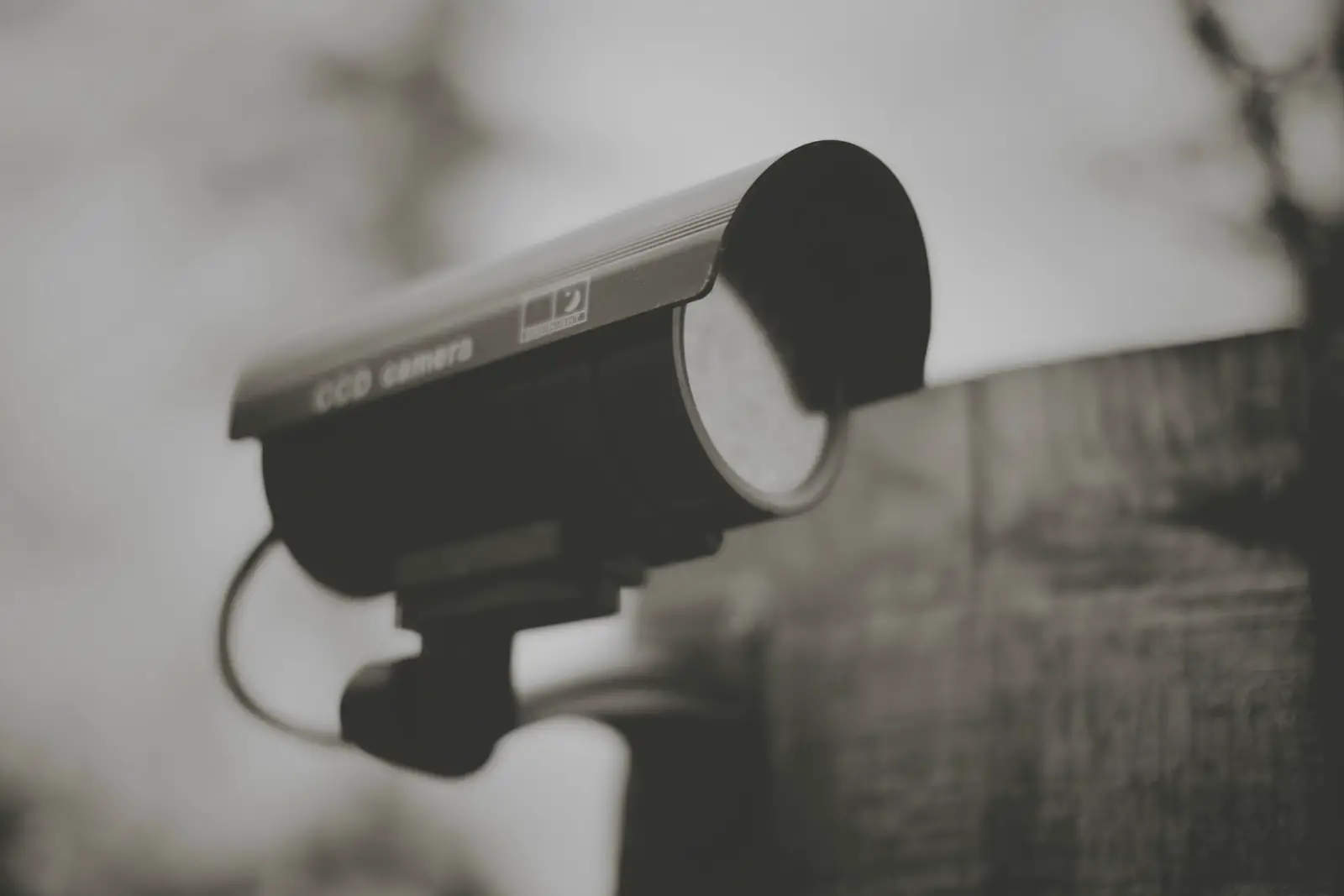
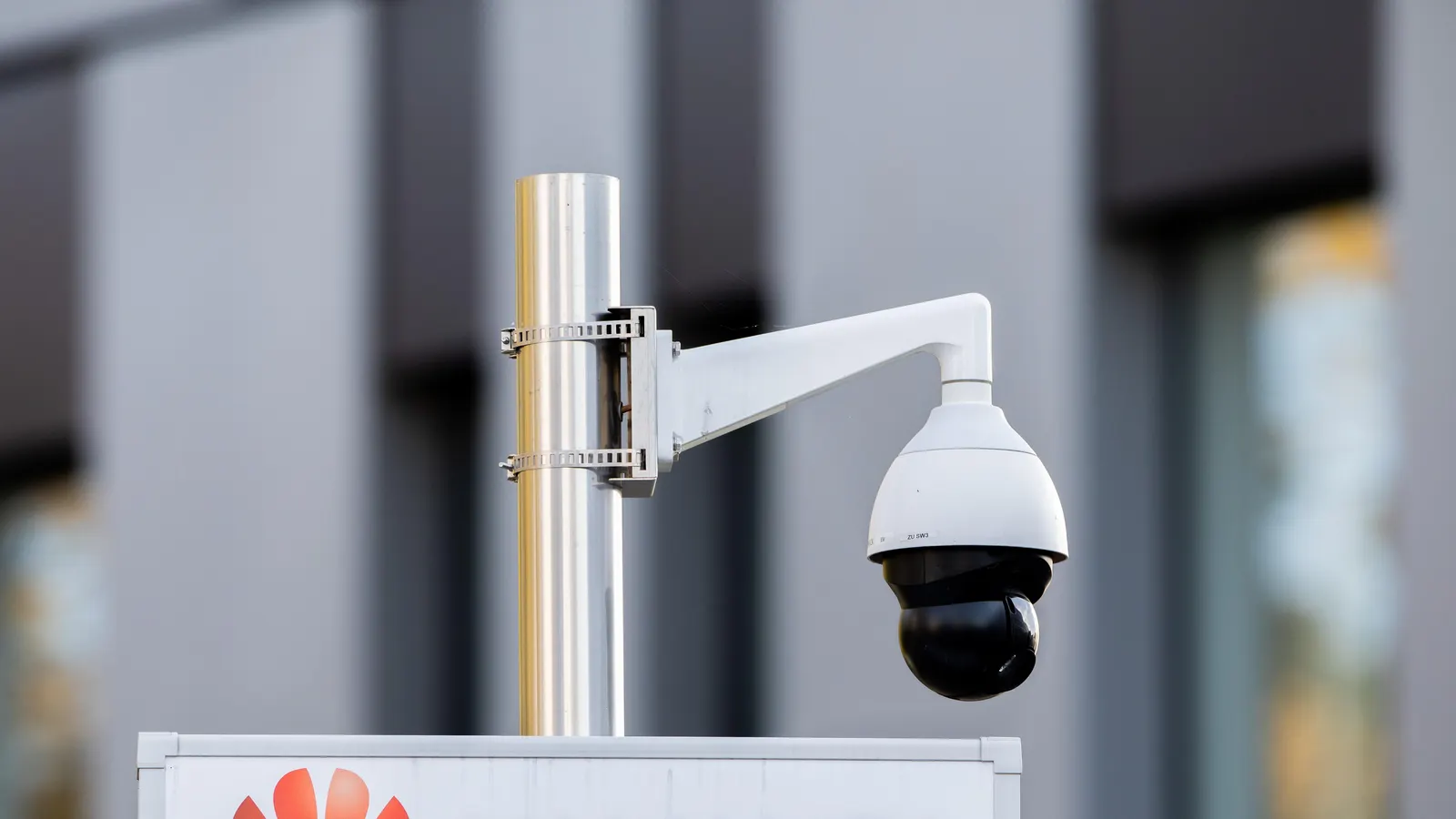
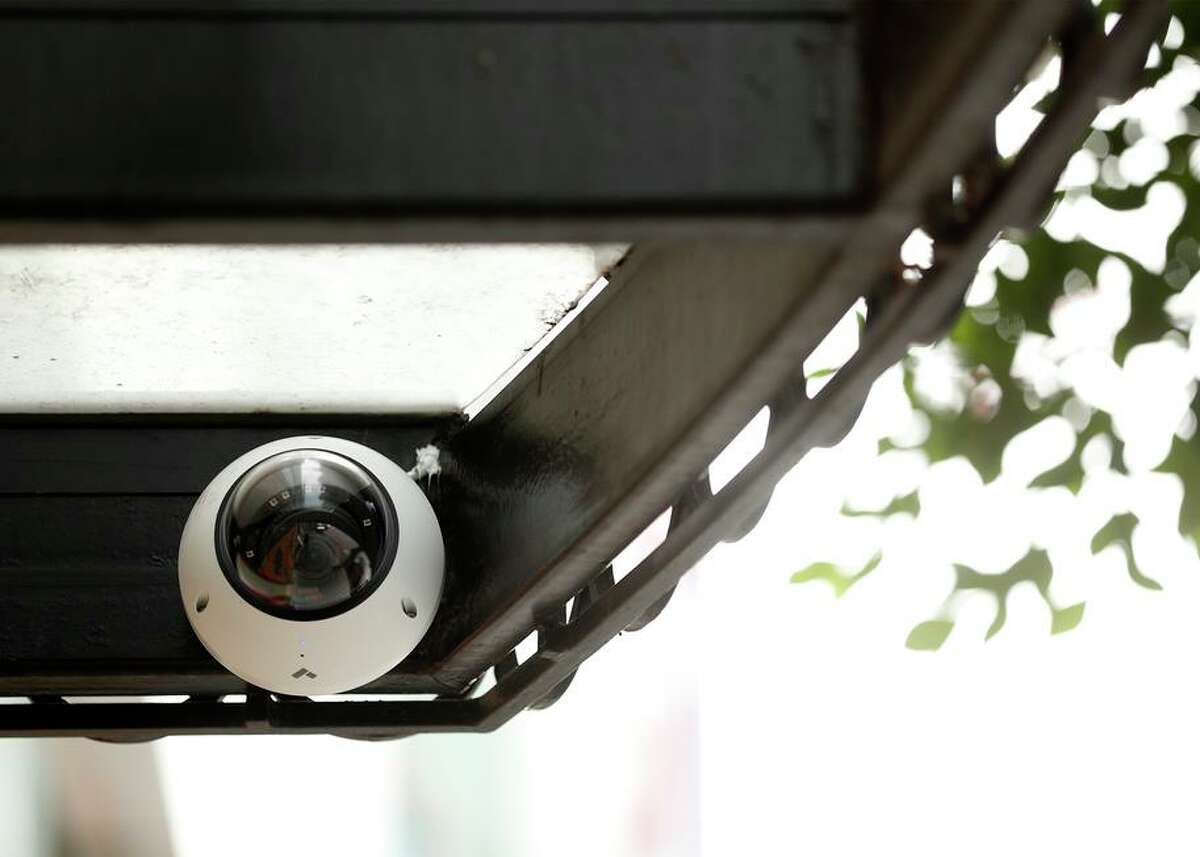

0 thoughts on “How Security Cameras Improve Home Safety”